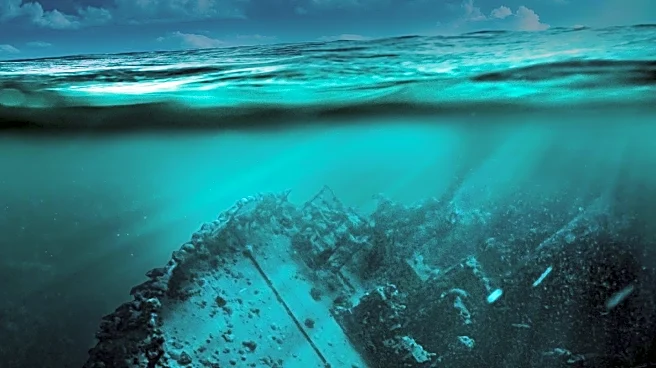What is the story about?
What's Happening?
A fisherman in Poland has unexpectedly discovered a 700-year-old sword in the Vistula River, offering a rare insight into medieval warfare. The sword, dating back to the 13th or 14th century, was found in near-complete condition, featuring a spherical pommel and a cross mark on its grip. The discovery was announced by the Capital Conservator of Monuments in Warsaw, and the artifact has been handed over to local authorities for preservation and study. Experts are examining the sword to determine its historical significance and the context in which it was originally deposited.
Why It's Important?
The discovery of the medieval sword is significant for historical and archaeological research, providing a tangible link to Poland's past and the era when Warsaw was founded. Such artifacts can offer insights into the technological advancements and cultural practices of the time, contributing to a deeper understanding of medieval society. The sword's preservation and study may reveal information about the craftsmanship and trade networks of the period, enhancing knowledge of historical warfare and societal structures.
What's Next?
Researchers will continue to study the sword to uncover more details about its origin and significance. The artifact may be displayed in museums or exhibitions, allowing the public to engage with Poland's historical heritage. Further archaeological investigations in the Vistula River could lead to additional discoveries, potentially expanding the understanding of the region's medieval history.
Beyond the Headlines
The discovery raises questions about the preservation of historical artifacts and the role of accidental finds in advancing archaeological knowledge. It highlights the importance of responsible artifact handling and the collaboration between local authorities and experts in preserving cultural heritage. The sword's find also underscores the potential for rivers and other natural sites to yield significant historical treasures, prompting discussions on conservation efforts.
AI Generated Content
Do you find this article useful?












